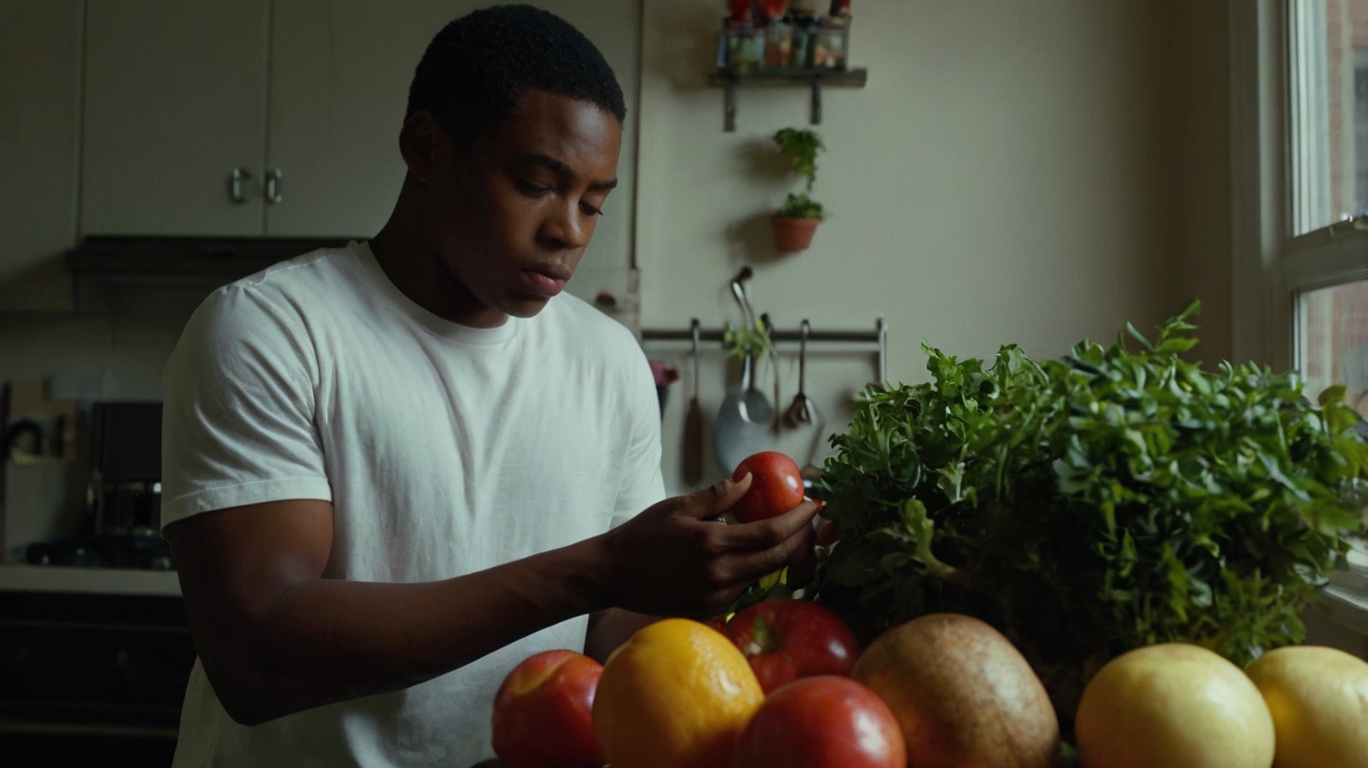In an emergency or crisis, having access to food is one of the most important things for survival. Whether you’re facing natural disasters, power outages, or even a supply chain disruption, knowing how to make the most of what you have can mean the difference between getting by and going hungry. This post will break down essential tips for finding and using food sources when supplies run low, focusing on foraging, urban gardening, and food rationing.
Foraging: Finding Food in Nature
If your food supply runs low, nature can provide some of the best resources for survival. Foraging is the act of gathering wild plants, fruits, and other natural foods. Here are some common plants you can find:
1. Dandelions
These little yellow flowers grow everywhere! You can eat the leaves, flowers, and even the roots. Dandelions are rich in vitamins and can be added to salads or boiled for a quick meal.
2. Wild Berries
If you come across blackberries, blueberries, or raspberries, these are great for energy and nutrients. Just make sure you know what you’re picking—some berries are poisonous.
3. Acorns
Though often overlooked, acorns from oak trees can be a lifesaver. You’ll need to soak them in water to remove the bitterness, but they can be ground into flour or cooked for a simple meal.
Tip: Always do research on the plants in your area and carry a guidebook to help you identify what’s safe to eat.
Urban Gardening: Growing Your Own Food
Urban gardening is another way to ensure you have fresh food when supplies are limited. Even if you live in a city or small apartment, you can still grow certain foods indoors or in small spaces. Here’s how to get started:
1. Container Gardening
You don’t need a big backyard to grow your own vegetables. Pots and containers can be used to grow tomatoes, peppers, or herbs. All you need is some soil, seeds, and a sunny spot.
2. Vertical Gardening
Running out of space? No problem. Vertical gardening uses walls, fences, or shelves to grow food upward. You can grow things like lettuce, beans, or strawberries on a trellis or hanging basket.
3. Sprouts and Microgreens
If you’re in a pinch and don’t have much space or time, sprouts and microgreens grow quickly and are nutrient-packed. Try sprouting beans, alfalfa, or even sunflower seeds on your windowsill. You can have fresh food in as little as a week.
Tip: Keep a stash of seeds so you’re prepared for any situation where food might run low. Seeds take up little space and last a long time if stored properly.
Rationing: Making the Most of Limited Supplies
When you’re running low on food, it’s important to make the most of what you have. Rationing your food is all about making it last. Here’s how you can stretch your supplies:
1. Plan Your Meals
Before cooking, take stock of what you have and plan meals that make the most out of those ingredients. Focus on foods that are filling but use fewer ingredients, like soups, stews, and casseroles.
2. Control Portions
Instead of eating large portions, try cutting back to smaller meals throughout the day. This will help spread out your supplies and ensure you don’t run out too quickly.
3. Use Every Part of the Food
Don’t throw away things like vegetable scraps or meat bones. You can use them to make broths, soups, or compost for gardening. Even things like potato peels can be cooked and eaten in creative ways.
Tip: If you have access to canned or preserved foods, try to save these for when fresh options are no longer available. Canned goods can last a long time, so ration them wisely.
Stockpiling Essentials
While foraging, gardening, and rationing are great strategies, having a small stockpile of essential non-perishable foods can be a lifesaver in any emergency. Here are some basics to keep on hand:
- Rice and Beans: These are staples in many cultures for a reason—they’re filling, nutritious, and have a long shelf life.
- Canned Vegetables and Meats: Stock up on canned items that can be eaten right out of the can or heated up quickly.
- Dried Fruits and Nuts: Great for snacks and energy boosts, these foods can last for months if stored properly.
- Peanut Butter: High in protein and fat, peanut butter can be eaten alone or added to meals for extra energy.
- Pasta and Grains: Easy to store and quick to cook, pasta, oats, and other grains are filling options when fresh food is scarce.
Tip: Rotate your stockpile every few months to ensure nothing expires. Always use the oldest items first and replace them with new ones.
Conclusion: Be Prepared and Stay Ready
No one knows when an emergency will strike, but being prepared with survival food knowledge can give you peace of mind. Whether you’re foraging in the wild, growing your own food, or rationing what you have, the key is to stay calm and resourceful. Start practicing some of these tips now, so you’re ready when supplies run low.
Call to Action (CTA):
Are you ready for the next emergency? Start building your food survival plan today! Check out our free guide on foraging and gardening tips to keep your family fed during any crisis. Stay informed, stay prepared!

